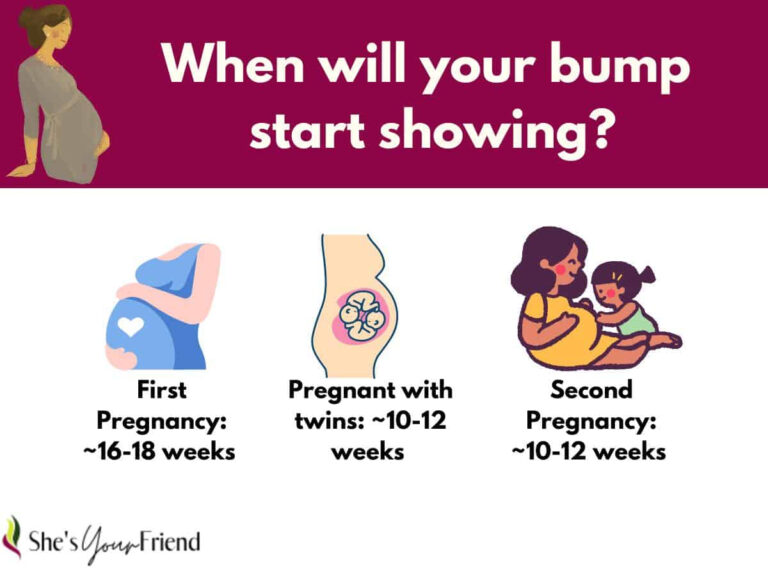When Does The Baby’s Head Turn Down
Are you eagerly awaiting the moment when your baby’s head turns down in preparation for birth? Understanding when this crucial event occurs can help ease your mind and ensure that everything is progressing smoothly. In this article, we will delve into the details of when the baby’s head typically turns down, what factors can influence this movement, and why it is an essential milestone in the journey towards delivery.
Knowledge
Typically, the baby’s head will turn down towards the birth canal between the 32nd and 36th weeks of pregnancy. This process, known as engagement, is a sign that your baby is getting ready for labor. However, every pregnancy is unique, and some babies may not engage until later in the third trimester. If you have any concerns about the timing of your baby’s head turning down, be sure to discuss them with your healthcare provider.
Several factors can influence when the baby’s head turns down. The baby’s size, the amount of amniotic fluid, and the shape of the mother’s pelvis all play a role in determining when engagement occurs. Additionally, the baby’s position in the womb and the number of previous pregnancies can impact the timing of this movement. While these factors can provide some insight into when the baby’s head may turn down, it is essential to remember that each pregnancy is unique, and the exact timing can vary.
When the baby’s head turns down, it is a significant milestone in the pregnancy journey. This movement indicates that the baby is in the optimal position for birth, with the head leading the way through the birth canal. Proper positioning can help facilitate a smoother and more efficient labor and delivery process. If the baby’s head fails to turn down, it can lead to complications during labor, making it crucial for healthcare providers to monitor the baby’s position throughout the pregnancy.
Conclusion
In conclusion, understanding when the baby’s head turns down is an essential aspect of pregnancy and childbirth. By recognizing the factors that influence this movement and the importance of proper positioning, you can feel more confident and informed as you await the arrival of your little one. Remember to consult with your healthcare provider if you have any concerns about the timing of the baby’s head turning down to ensure a safe and smooth delivery.
For expecting parents, the moment when the baby’s head turns down is a significant step towards meeting their little one. By staying informed and aware of the process, you can prepare yourself mentally and emotionally for the upcoming birth. Keep in mind that every pregnancy is unique, and the timing of the baby’s head turning down can vary. Embrace this journey with excitement and anticipation, knowing that you are well-prepared for whatever lies ahead.






